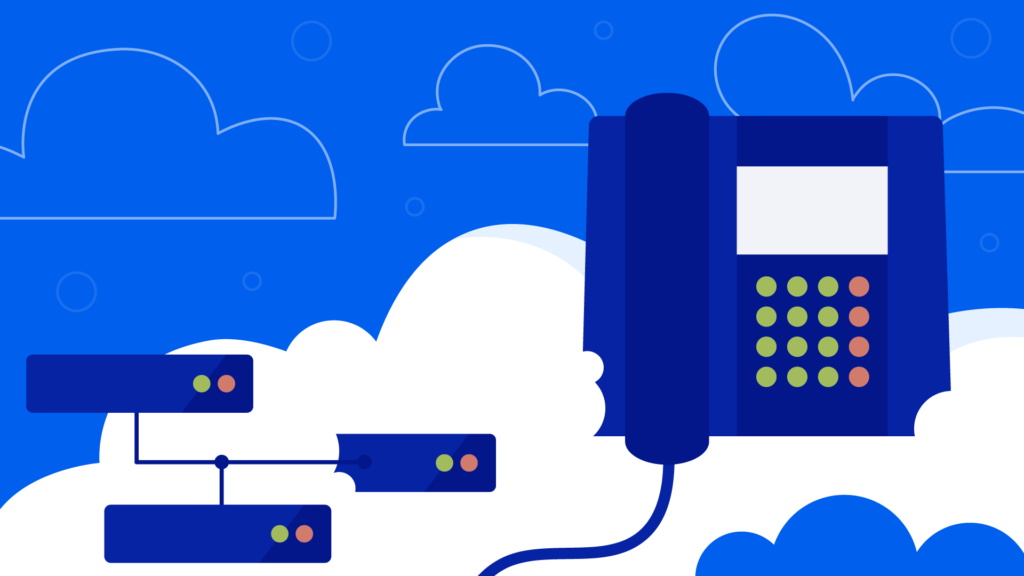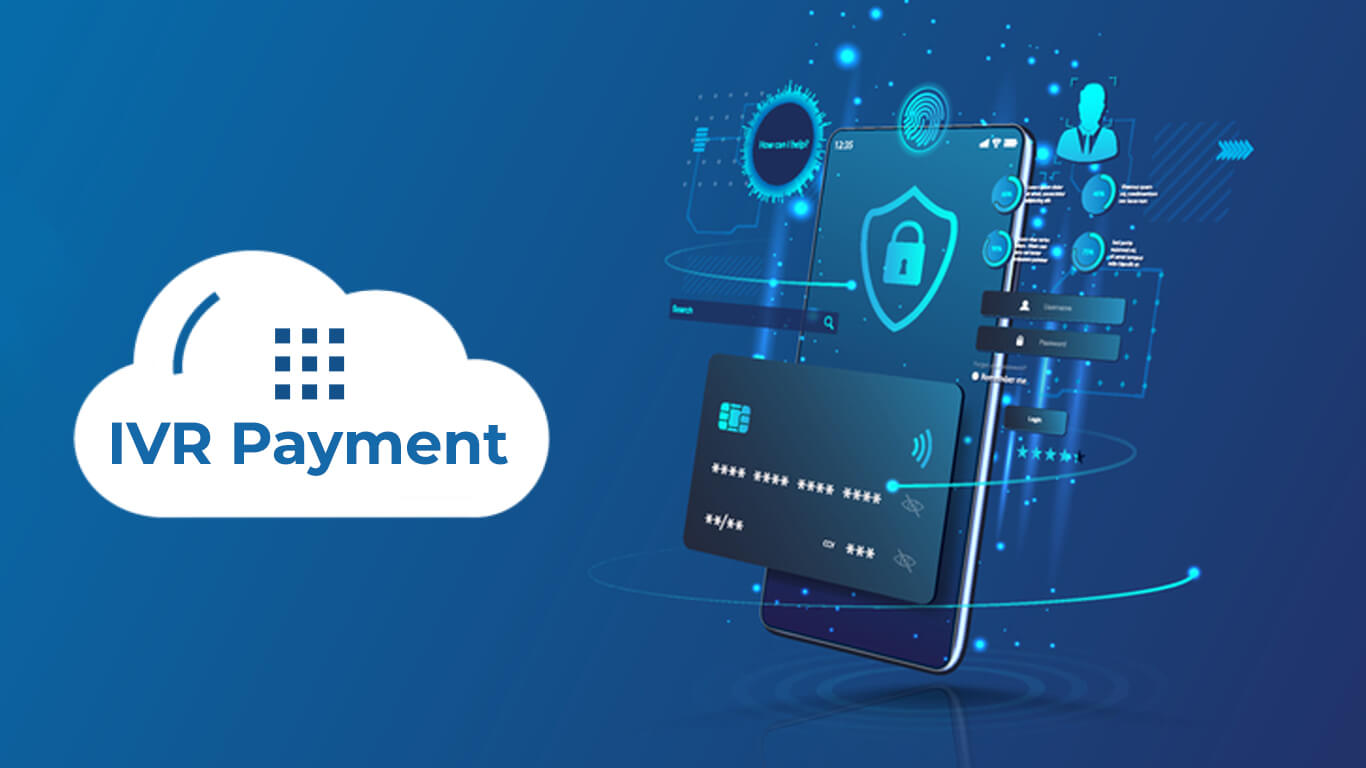The world is now slowly waking up to the possibilities of using Voice over Internet Protocol (VoIP). Thanks to this technology, which allows you to make phone calls and video conferences over an internet connection, many operations are now easier! Its adoption is becoming more and more in both households and workplaces.
Compared to traditional phone systems, VoIP Server services help you save money on the cost point. Considering the other advantages, it will not be difficult to understand how right it is. If you don’t know how to use VoIP and don’t know how to proceed, this article is for you. Read on to learn how to set up a VoIP Server at home or in your office and all the other information.
What You Need to Get Started With VoIP

The way you use the voice-over home protocol has a different working principle than the VoIP systems owned by small businesses. So, you can understand that the installation of the system is different for each environment. VoIP technology brings more benefits to the business. First, let’s consider how to set up a VoIP system in your office. Then we can focus on more complex issues, such as setting up a VoIP server at home.
Before moving on to both narratives, it may also be necessary to mention the components you may need. Some are just for office installations, while others are necessary to make an institution at home. However, here are the 5 basic things you need to get started with VoIP:
An Internet Connection
Internet connection is very important. You need to have internet for VoIP phone setup. You won’t be able to perform your searches without an internet connection. If you’re setting up a VoIP system at home, you won’t have to worry too much about the connection speed of your phone service. With small business VoIP systems, the strength of the connection is even more important. If the number of calls that your company is interested in is high, you will need as much bandwidth at the point of VoIP services.
A Router
If you are setting up a home VoIP Server, you will have to worry too much at this point. Choosing a VoIP router for businesses is very important. You can also take advantage of options that combine speed, security, and connectivity. In this sense, VoIPinger serves you by offering you very high-quality package advantages.
Other Hardware
Apart from the router, there are a few other pieces of hardware that you may need. In some cases, the computer may also need to work as a Private Switchboard (PBX) server in offices. This is usually done to allow internal calls within the workplace. IP phones are also a wise choice. They are not necessary, though. You can also use the softphone path in the office. It’s also easy to upgrade your home phones with a VoIP adapter. If you still want to use traditional telephony features, you may also need a VoIP gateway. Service providers generally help you with this.
VoIP, PBX & Other Software
When setting up a VoIP system, you also have various software options. Businesses can opt for an all-in-one communications software solution. Separate PBX software can also be used to perform more basic call-processing functions. Special software and applications will be needed to turn computers or smartphones into so-called softphones.
VoIP Provider
VoIP phone setup is not a technology that you can decide to use just off your own back. It will be healthier for you to get service from an expert VoIP provider such as VoIPinger. You can set up a system for internal calls only, without having a service provider. A provider’s plan or subscription helps you make external calls.
How to Setup a VoIP Phone System in Office

One of the key advantages of using VoIP is that it offers ease of setting up and operating the system, especially when creating a similar phone system based on traditional phones. In particular, it costs much less than a more traditional switched telephone network (PSTN). For example, you don’t need to have the phone company build new phone lines. Instead, all you have to do is make some simple additions to your network.
There is one more situation that we need to mention before moving on to some details about how VoIP technology will be installed in the office. There are two main systems to choose from. You can also choose to set up a system with physical VoIP phones or handsets. You can also switch to a software-only system. But this includes devices that are iOS and Android. The choices you make depend on several factors, including whether you are a large or small business and whether BYOD policies are also in place.
Setting Up a Hardware VoIP Phone System
For an office with a VoIP phone setup, your network looks quite similar to a standard network. The main difference between them is that they should generally contain a PBX server. A computer that is connected to the network can function as this server.
The important thing to remember here is how your PBX system should be connected to the network. It must be connected via a standard NIC. You will also need to have a static IP address to be always reachable.
In the next step, the real phones are connected. You can see the devices listed as IP phones and SIP phones. SIP phones have more features. But both show work for VoIP Server services.
Once you opt for models that are compatible with VoIP, the process is quite simple. All you have to do is connect them over the same network as your PBX using an ethernet cable. If the phones you have selected also have PoE technology, you do not need to plug them into an external power source to make VoIP calls.
When you’ve completed these simple steps for all the hardware, you’re almost ready. All that’s left is to install your VoIP software and tweak your router as well. Installing the software is quick and easy. Your VoIP provider will also likely please you by providing comprehensive instructions.
You may need to tweak the configuration of your router a bit to ensure full VoIP compatibility. Below are two tweaks to consider. If you initially opted for a VoIP-specific router, you’ll be less likely to need them.
• Enable Network Address Translation (NAT): Changes your network address information. Routing traffic through the device allows the IP address to easily remap to another.
• Enable Universal Plug and Play: These network protocols help network devices find each other. Enabling them is one of the things that allow your VoIP phones to connect to your IP PBX server.
Setting Up a Software VoIP Phone System
In some cases, this whole system can also become much simpler than mentioned above. The main reason for this is that on some VoIP server systems, you do not need to connect new VoIP phones. Instead, you can easily make and receive all your phone calls, and voicemails via a computer, tablet, or smartphone.
In such cases, you can ignore the above-mentioned instructions on connecting hardware phones. All you need to do is install the software from your VoIP provider. If you prefer to go to the software as a single route, it will also include a software phone program and application.
This item software has will allow you to open an interface for searches on the devices that you have chosen. With the installation of the relevant software and other tweaks made on your network, you can enjoy the benefits of VoIP.
How to Setup VoIP Server at Home

If you want to use VoIP at home, you won’t have anything to do with many of the things mentioned above. There’s no need for a PBX to make calls from your living room to the kitchen. All you want is to make a call over your internet connection instead of a traditional landline.
While many technical languages are floating around, setting up a VoIP server and phone number at home after signing up with a VoIP provider is extremely simple. You don’t need to understand the details of RTP, SIP servers, and codecs. In general, all you need is a VoIP phone adapter and some tweaks to how the hardware you have in your home is connected.
Exactly how and where the adapter you have should be connected depends on the model involved. Some go back and forth between the modem and the computer or router. Others will need to be connected directly to the router. Some require an ethernet cable, while others may use wi-fi. The instructions supplied with the adapter are available. But it must be connected. Make sure you have turned off all relevant devices before connecting.
Then connect the phone you want to use for VoIP calls to the adapter. You must connect to the Phone1 or Line 1 label port. You can then plug the adapter into a wall outlet and turn it on. Just like with your router, the adapter needs to be plugged in and turned on all the time. This is how an uninterrupted VoIP telephony service is provided.
When everything is connected, you can turn all your devices back on. You can also give your router, modem, and new adapter time to sync. The adapter will also need to download firmware or other updates. You should make sure to take the time for all this. After you have your phone handset raised, you should hear a dial tone. This means that you have successfully set up your VoIP system for your calls at home.
In some unusual cases, you may find that your home VoIP system is only receiving one-way audio. Someone you’ve called will be able to hear you, but you can’t. This usually depends on how your router is set up.
There are several ways to correct this situation. Connecting the adapter directly to the modem or placing it in a DMZ of the router usually works. Disabling a router’s built-in firewall also looks like it works from time to time. But this is the last resort.



